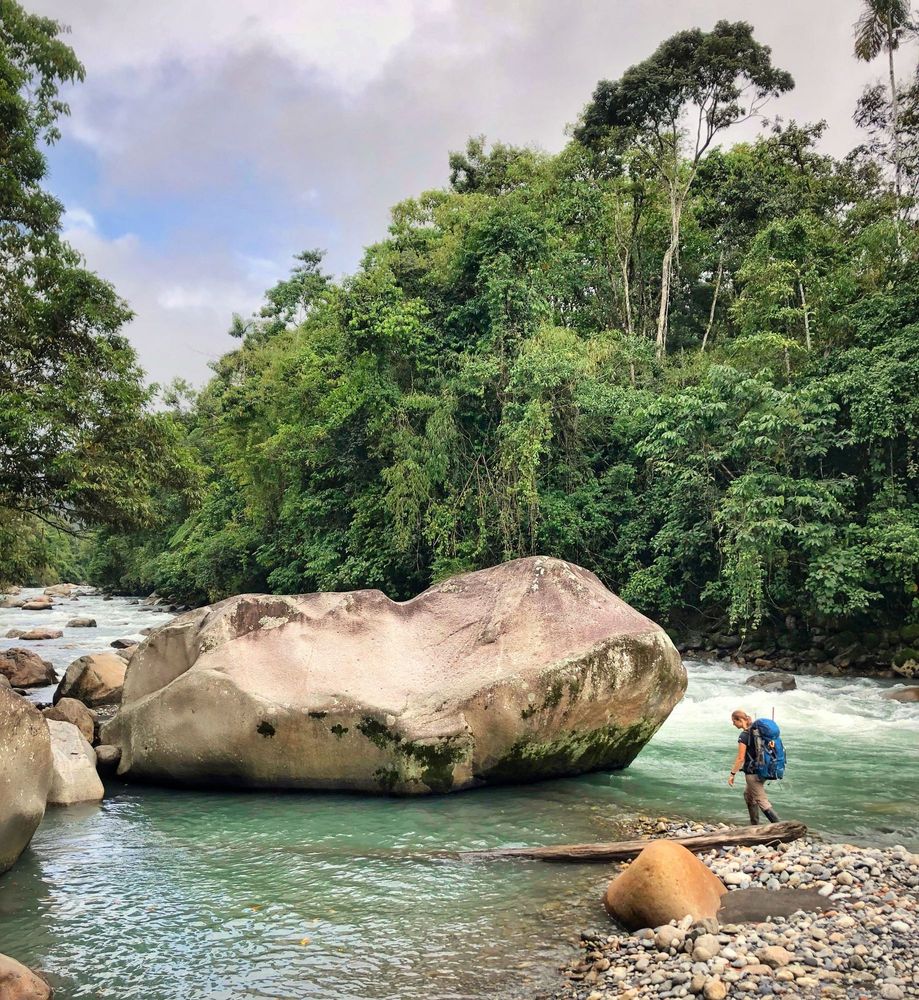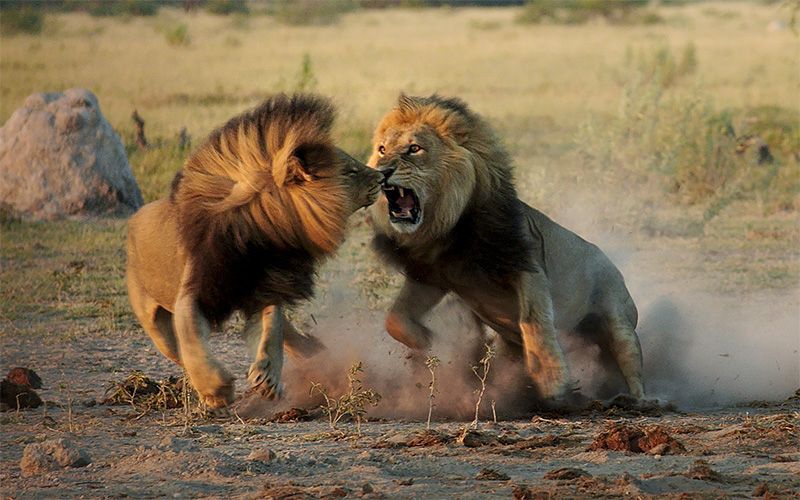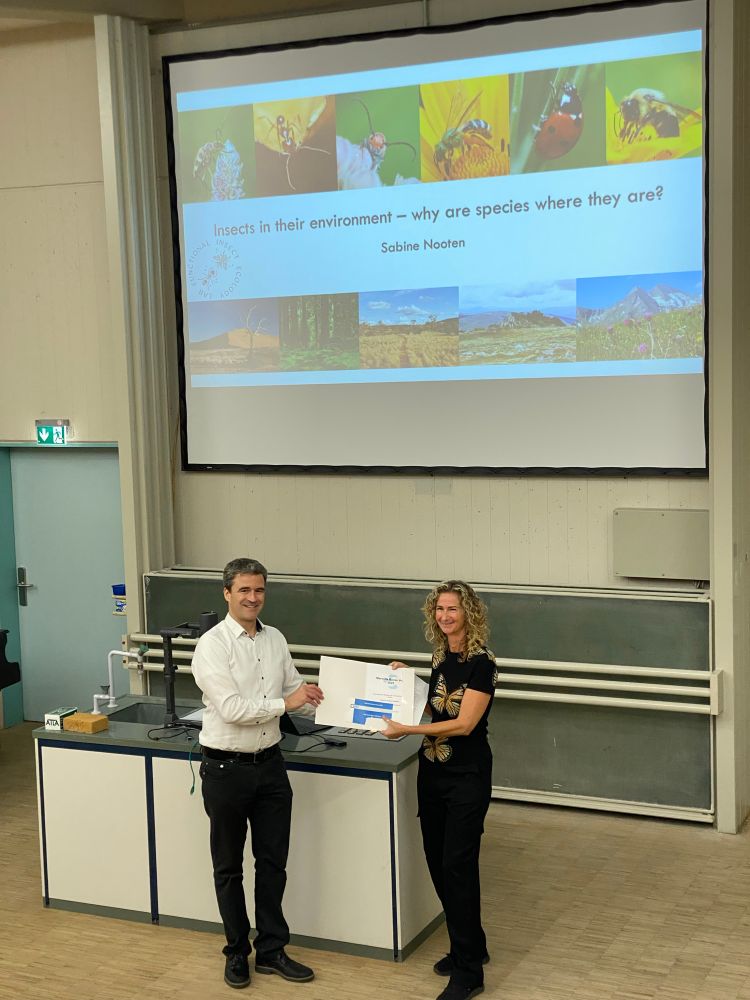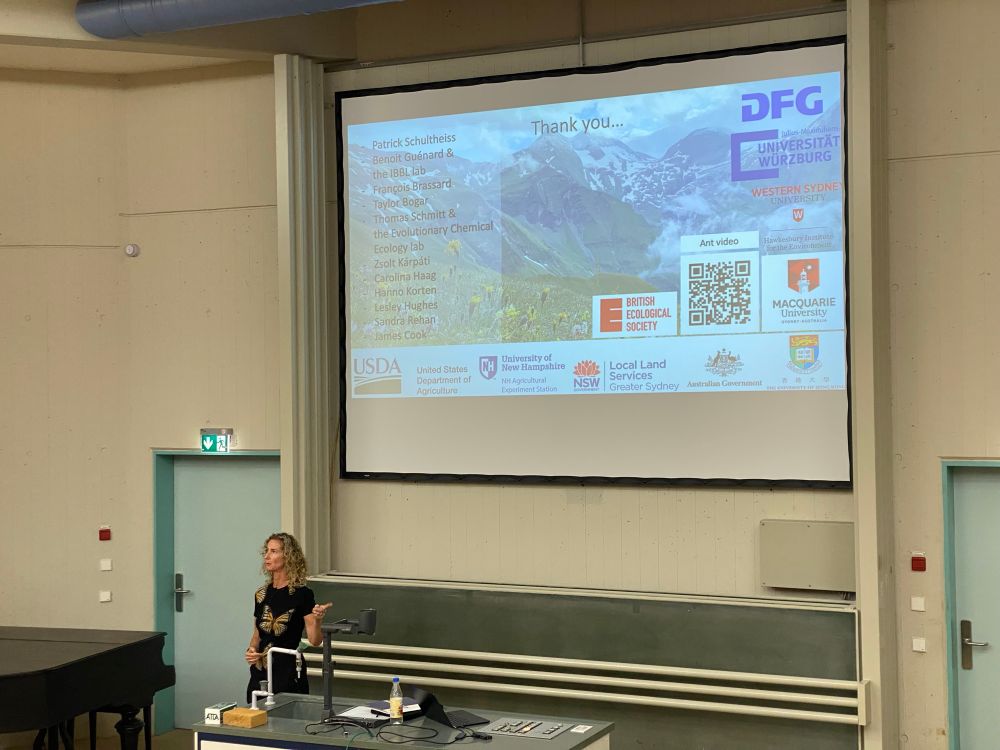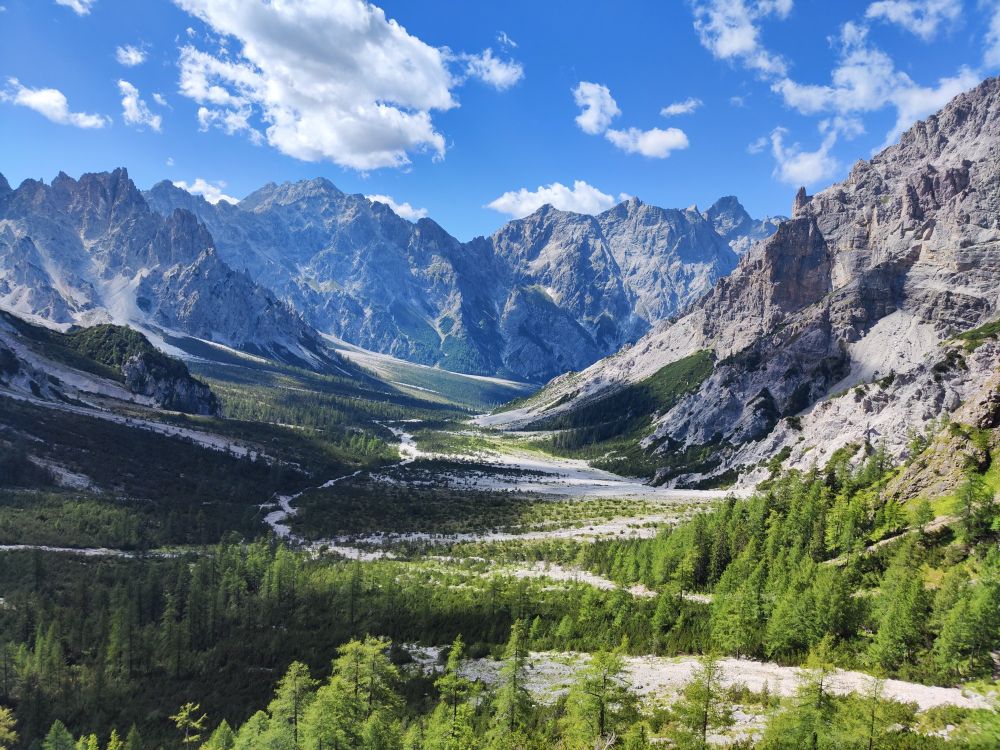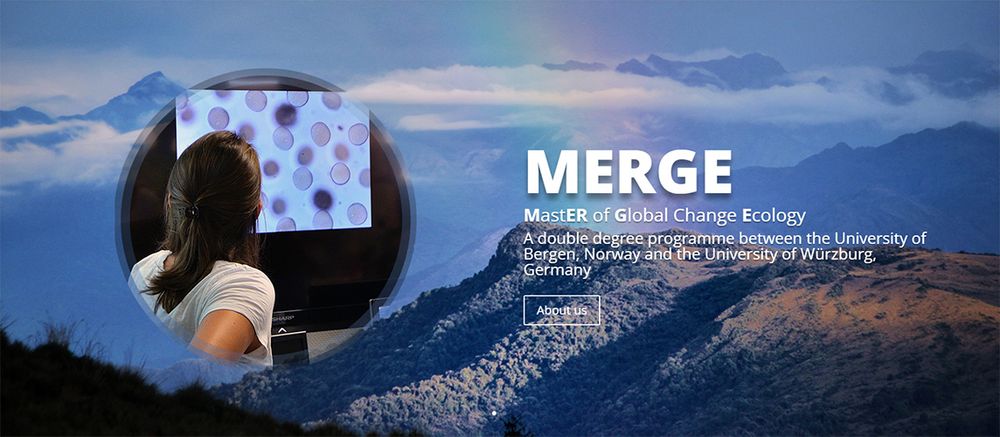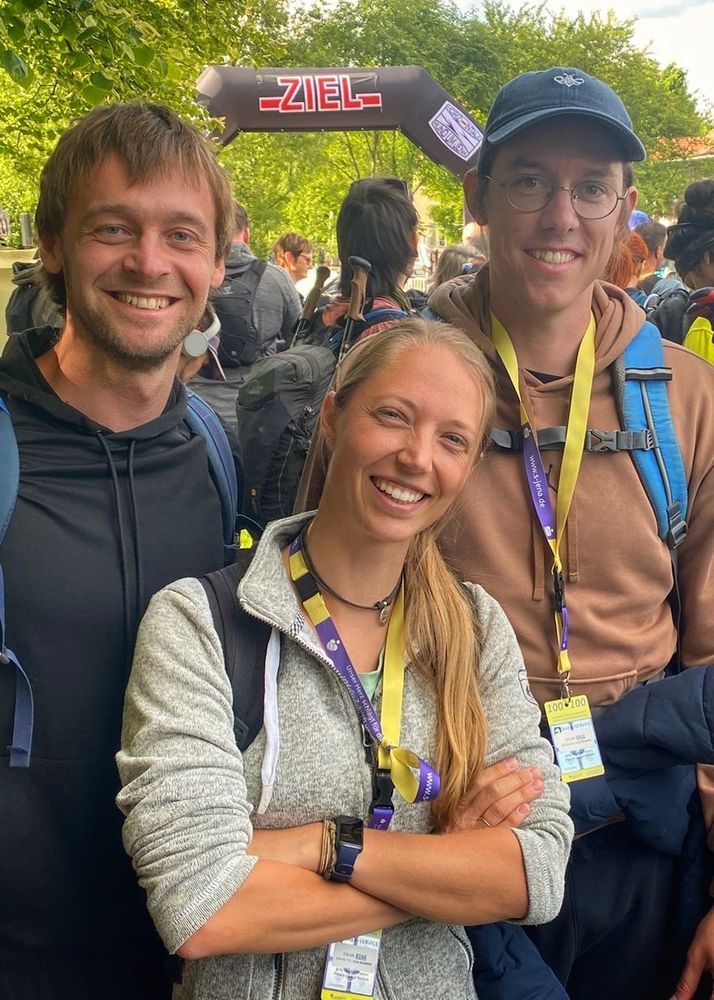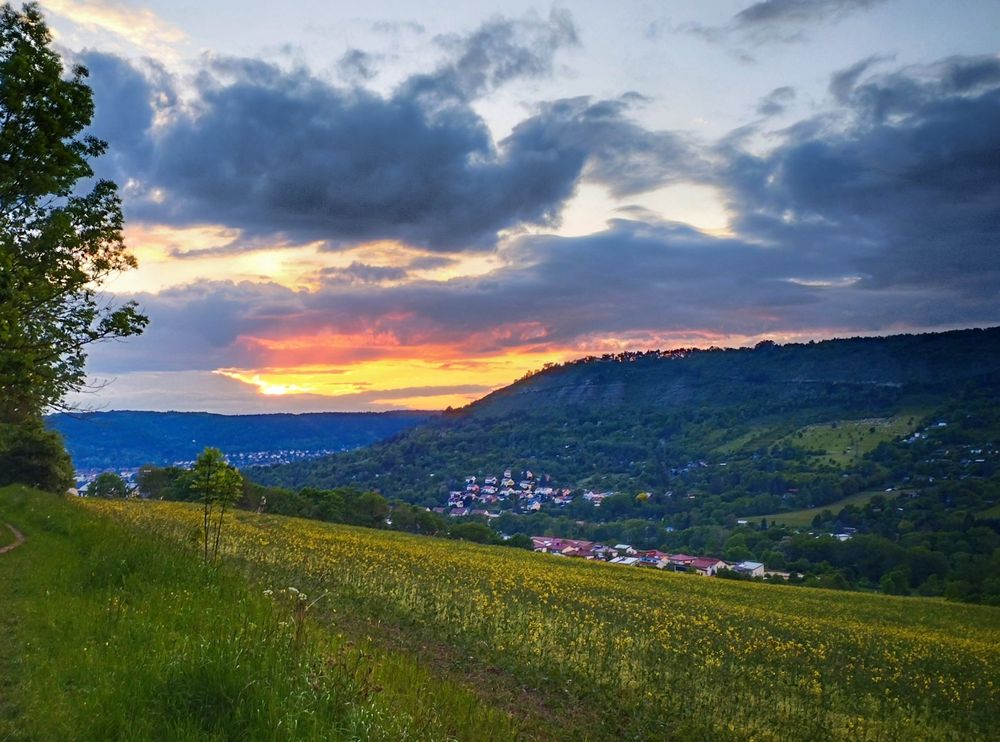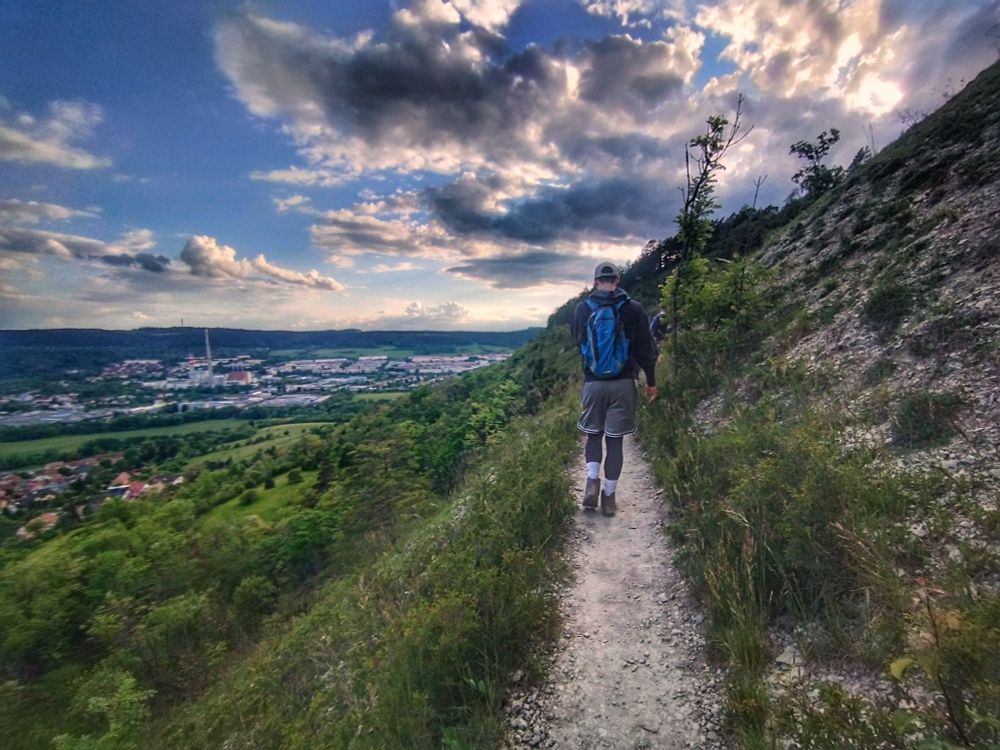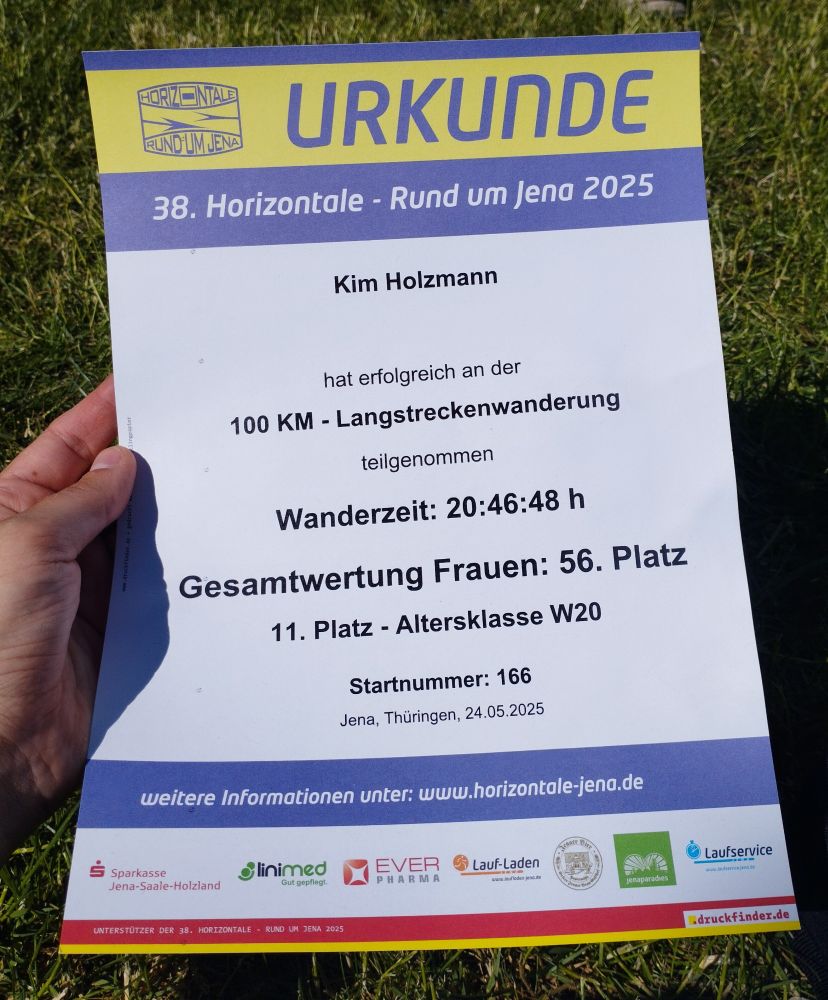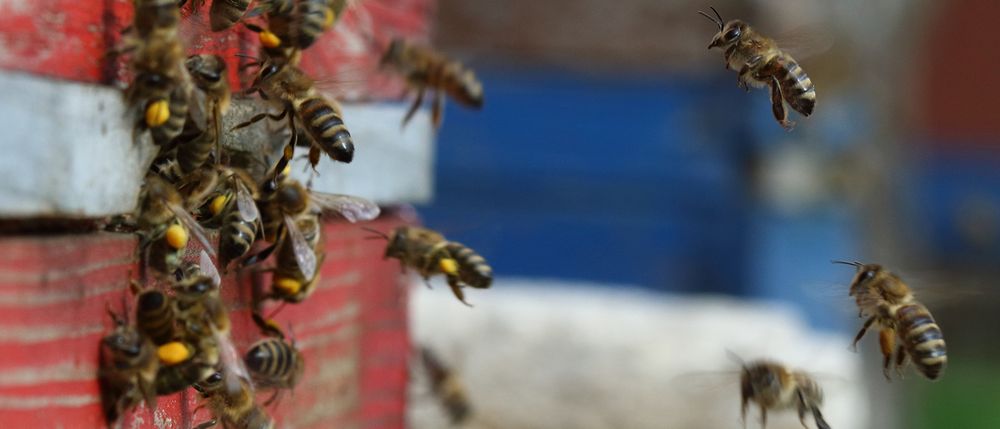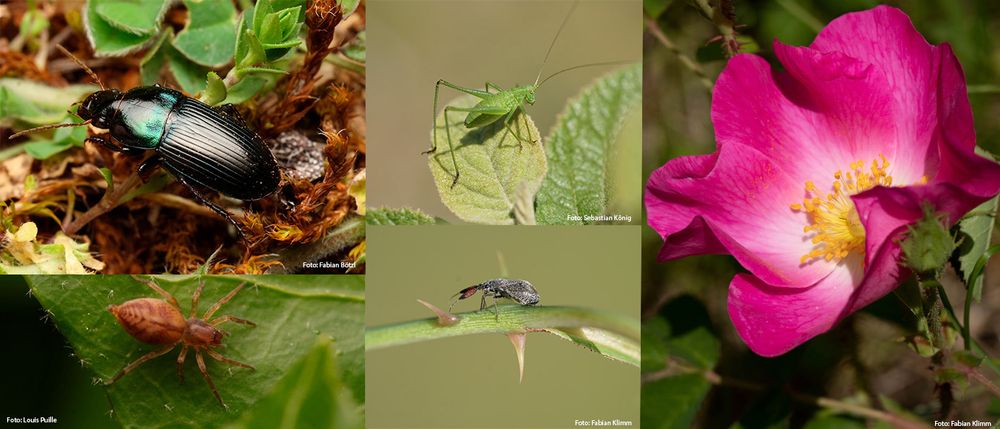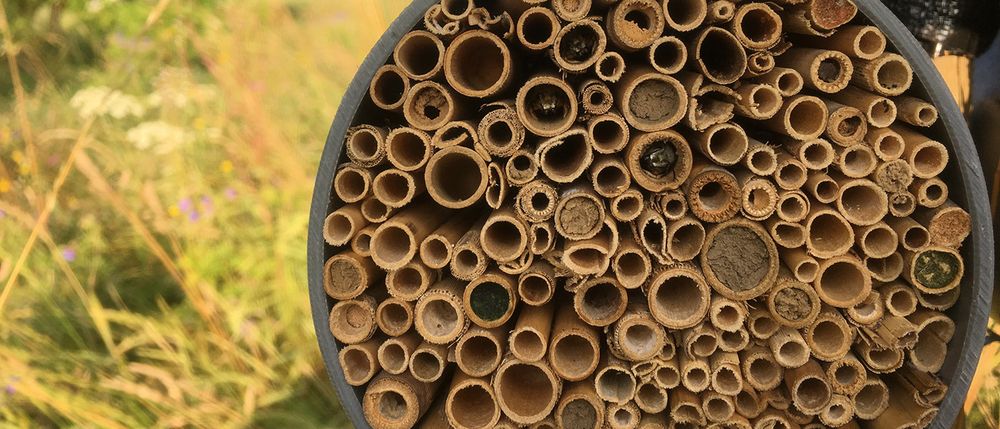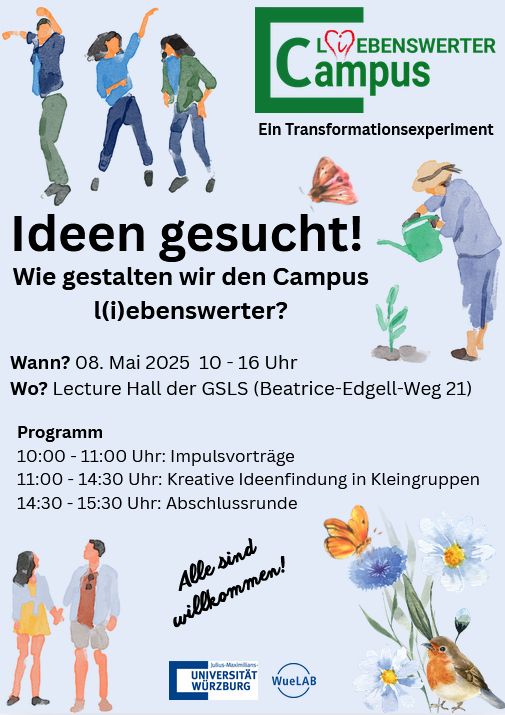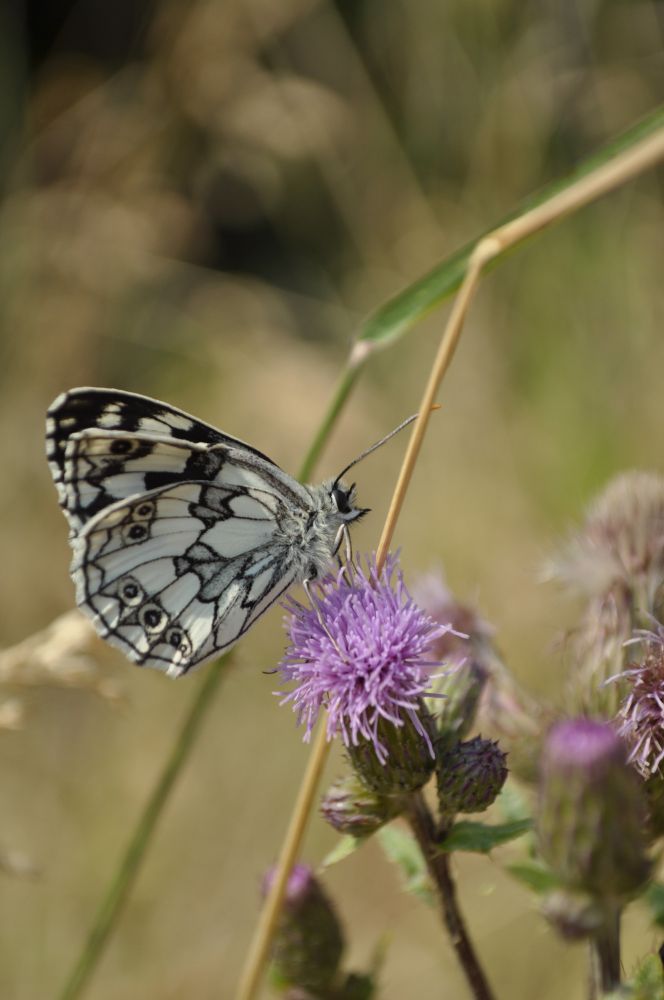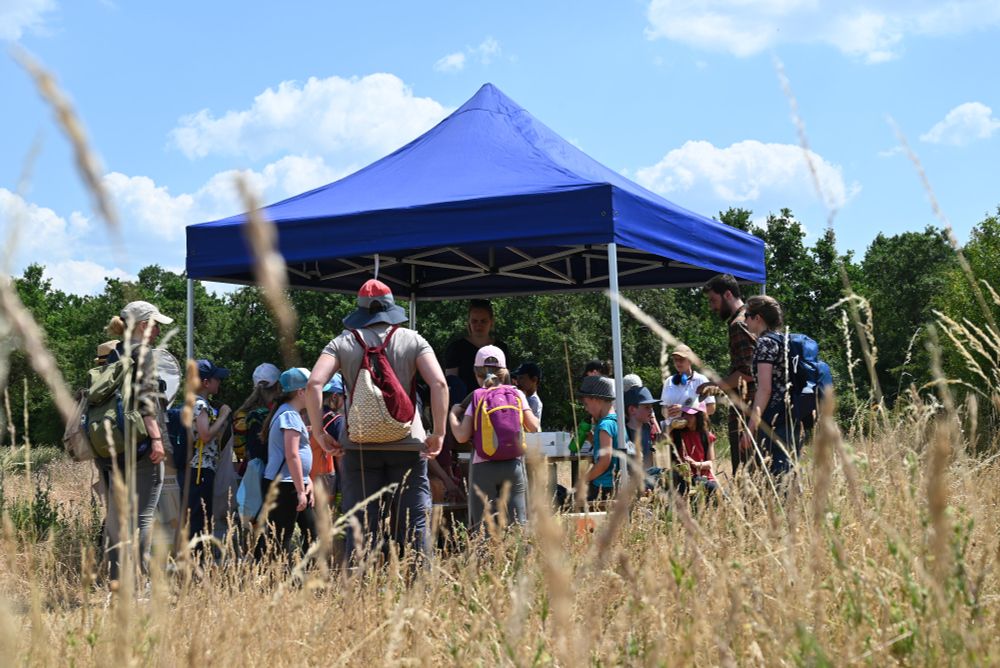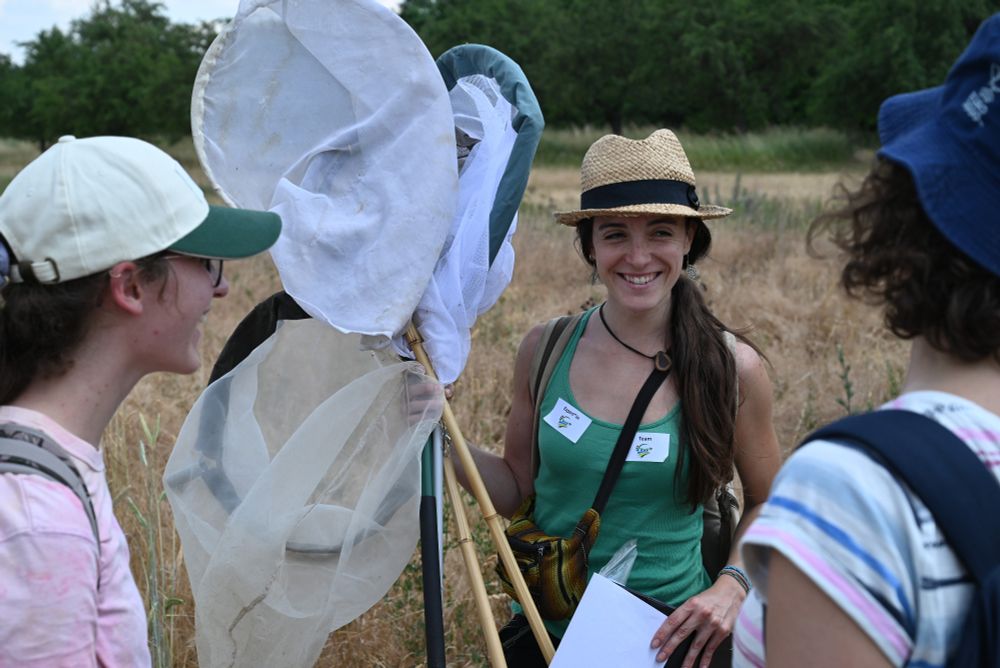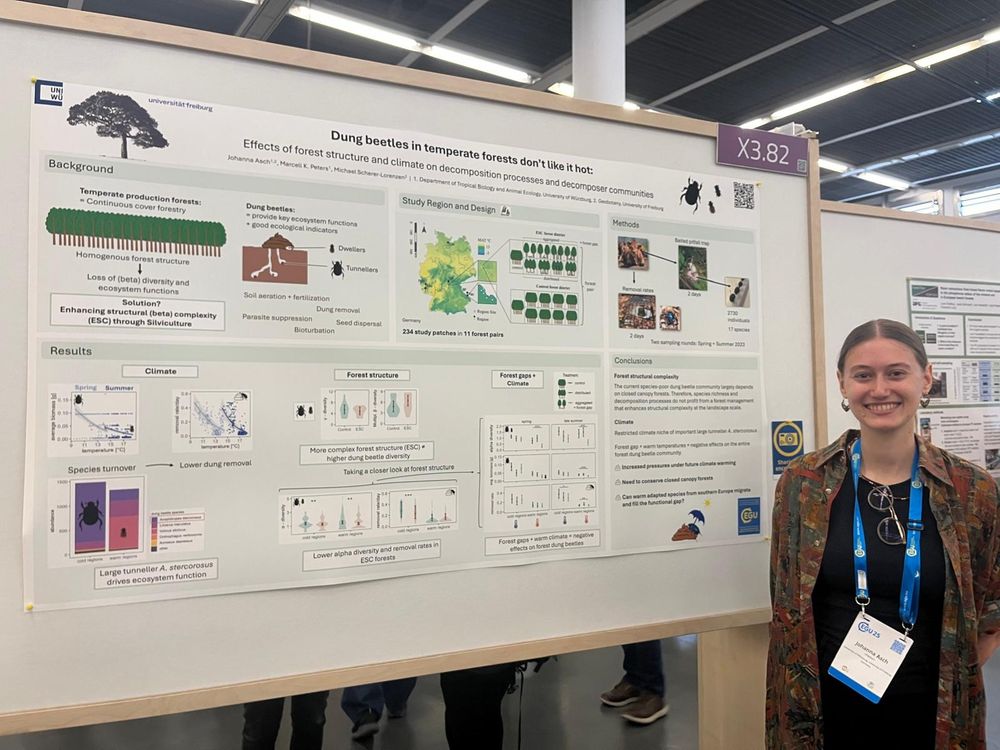Department of Animal Ecology and Tropical Biology (Zoology III)
@ecoresearchzoo3.bsky.social
750 followers
2K following
13 posts
Led by Prof. Ingolf Steffan-Dewenter, we’re the 🐝-hive of biodiversity research at the University of Würzburg’s Biocenter, Germany 🇩🇪 From buzzing tropical forests to European farmlands, we decode how climate and land use changes shape the web of life.
Posts
Media
Videos
Starter Packs
Reposted by Department of Animal Ecology and Tropical Biology (Zoology III)
Reposted by Department of Animal Ecology and Tropical Biology (Zoology III)
Reposted by Department of Animal Ecology and Tropical Biology (Zoology III)
Reposted by Department of Animal Ecology and Tropical Biology (Zoology III)
Reposted by Department of Animal Ecology and Tropical Biology (Zoology III)
Reposted by Department of Animal Ecology and Tropical Biology (Zoology III)
Reposted by Department of Animal Ecology and Tropical Biology (Zoology III)
Reposted by Department of Animal Ecology and Tropical Biology (Zoology III)
Reposted by Department of Animal Ecology and Tropical Biology (Zoology III)
Reposted by Department of Animal Ecology and Tropical Biology (Zoology III)
Reposted by Department of Animal Ecology and Tropical Biology (Zoology III)
Reposted by Department of Animal Ecology and Tropical Biology (Zoology III)
Reposted by Department of Animal Ecology and Tropical Biology (Zoology III)
Reposted by Department of Animal Ecology and Tropical Biology (Zoology III)
greenjobs.de
@greenjobs.de
· Apr 11

Technische/r Mitarbeiter/in (m/w/d) im Projekt zur Forschung an der einheimischen Gnitzenfauna
Die Mission des Leibniz-Zentrums für Agrarlandschaftsforschung (ZALF) e. V. als national und international agierendes Forschungszentrum ist es, Wirkungszusammenhänge in Agrarlandschaften wissenschaftlich zu erklären und mit exzellenter Forschung der Gesellschaft die Wissensgru [...]
www.greenjobs.de




